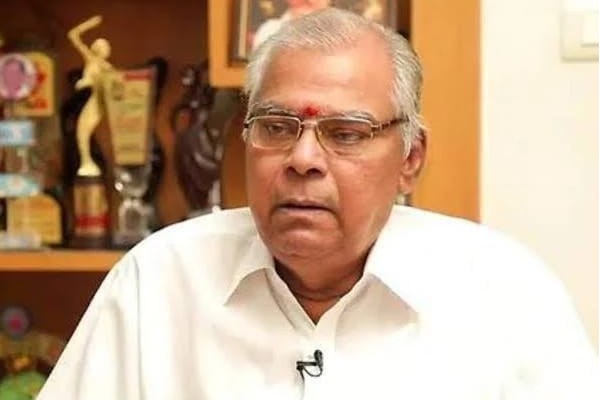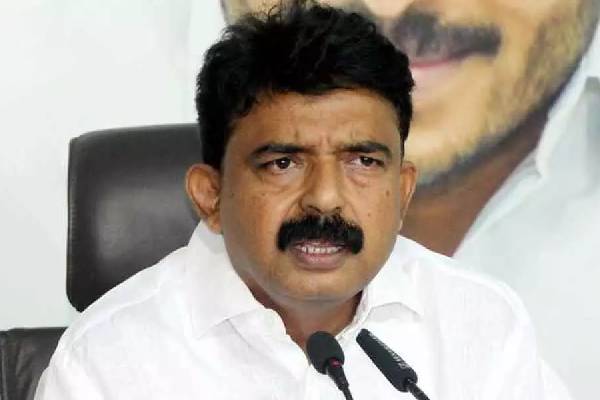Thanks to ace movie director SS Rajamouli and his blockbuster ‘RRR’, the name Alluri Sita Rama Raju, who was the inspiration for the fictional character played by Telugu star Ram Charan, may no longer be an unfamiliar name for a large swathe of Indians across regions and languages.
But for generations of Telugu-speaking people, the name has invoked visions of a brave young man who dared the might of the British Raj and died a martyr. Statues of Alluri Sita Rama Raju at important locations, are a common feature in many Andhra cities and towns.
What sets apart this young freedom fighter in a remote part of present-day Andhra Pradesh is that he rallied tribals for his guerrilla warfare against the British rulers in the Agency areas of Madras Presidency. Much like Chatrapati Shivaji mobilised the Mavalas to strike with impunity at the mighty Mughals.
Known as ‘Manyam Veerudu’ or ‘Forest Warrior’, Alluri Sita Rama Raju was the face and propelling force behind the Rampa Rebellion between 1922-24. Armed with primitive weapons like spears, bows and arrows, Alluri Sita Rama Raju and his band of tribals harried the British authorities in the Visakhapatnam-Godavari Agency area in the erstwhile Madras Presidency.
Giving up the comforts of life in the plains where he was born and brought up, Alluri Sita Rama Raju took up the life of the tribals that he led in the fight against the British rulers. A well-built man, with striking looks and mesmerising personality, he wore the saffron cloth of an ascetic but was armed with a bow and quiver of arrows.
Born on July 4, 1897, Alluri Sita Rama Raju was barely eight years by the time he lost his father. Thereafter, he was brought up by his maternal uncle. Although not very academically inclined, the young lad was attracted to spirituality. He was also very active in sporting activities and was reputed to be an ace horseman. When he was eighteen years old, Sita Rama Raju was attracted towards asceticism and decided to become a sanyasi. To satisfy his spiritual thirst, he undertook a tour of India and visited several places including present-day Bangladesh.
However, his travels across India opened his eyes to the exploitation of Indians by the British rulers. Touched by the deprivations suffered by his countrymen, particularly tribals, Sita Rama Raju decided to do something for them.
Returning home, he began working in the agency areas of Visakhapatnam and Godavari districts of the Madras Presidency. His selfless service and noble demeanour endeared him to the tribals who loved and respected him as their own.
The Madras Forest Act introduced by the British Raj in 1882 was resented by the tribals. Apart from barring the tribals from entering forests for grazing cattle, collecting firewood, and forest produce, the law forbade them from practising podu cultivation or shifting agriculture.
Moved by the plight of the tribals, Alluri Sita Rama Raju decided that fighting back was the best way to counter British exploitation, and launched the Rampa Rebellion. Organising the tribals into a guerrilla force, he began targeting British forces. Armed with just bows and arrows, and spears, Alluri Sita Rama Raju and his band of tribal warriors launched several lightning strikes against police stations and looted the modern weapons like pistols, revolvers and rifles. He was so audacious that after attacking a police station, he would sign a letter detailing the weapons looted in the operation.
Despite their best efforts, the British failed to capture Alluri Sita Rama Raju as he went about harrying them for close to two years. While the locals refused to betray him, Sita Rama Raju himself did not succumb to the inducements offered by the British.
Faced with an embarassing situation, the British pressed in all the resources and finally managed to capture the young freedom fighter. Such was the fear that he had created in the British that without losing moment, they had Alluri Sita Rama Raju executed on the spot.
Thus, on May 7, 1924, ended the extremely brief but fulfilling life of this young torchbearer of Indian independence. He was just 27 at the time.
India is poised to celebrate its 75th anniversary in 2022. The year also marks the 125th birth anniversary of Alluri Sita Rama Raju, a freedom fighter who died for the country almost two decades before India was freed from the British yoke.
It is only now that India is waking up to the sacrifices of this fiery votary of India’s freedom. This year on July 4 while commemorating this great hero’s 125th birth anniversary, Prime Minister Narendra Modi unveiled a massive 30 foot-tall bronze statue of Alluri Sita Rama Raju at Bhimavaram, Andhra Pradesh.
While Mahatma Gandhi’s principle of non-violence may have finally unshackled India from the British yoke, heroes like Alluri Sita Rama Raju are proof that Indians are capable fighters too.


































